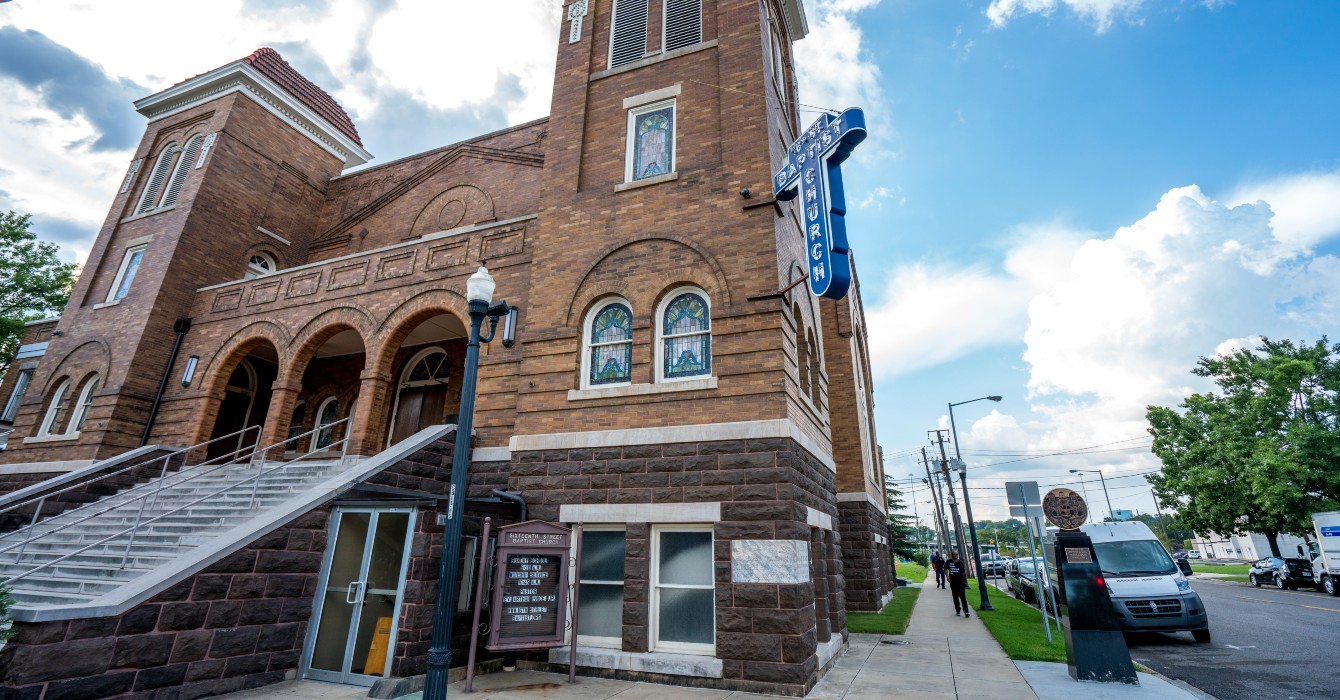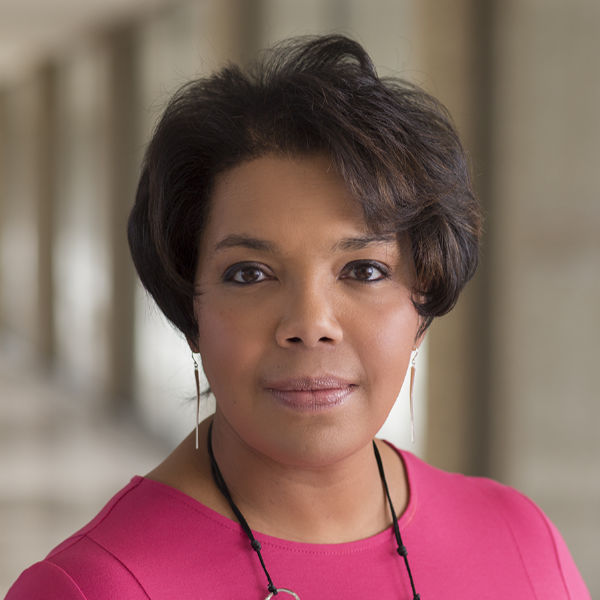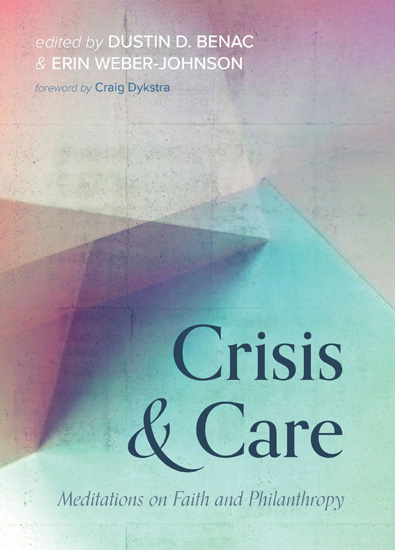The John Merck Fund was founded in 1970 by Olivia H. Farr and George W. Hatch’s grandmother, Serena Merck, to support basic research on developmental disabilities. As a new generation took over in the mid-1980s, the fund’s mission began to expand.
In 2011, the leadership -- which includes Farr and Hatch’s generation -- announced that it would begin a process of spending all the fund’s assets over the next decade, with the intention of closing its doors in 2022.
They hope to make progress in four program areas: clean energy, environmental health, regional food systems and developmental disabilities.
The fund has $78 million in assets and estimates that it will give $100 million in grants over the 10-year period.
Farr, who is chair of the John Merck Fund board, and Hatch, a trustee, were at Duke University for the Foundation Impact Research Group seminar. They spoke to Faith & Leadership about how the family came to this decision and what they hope to accomplish in the next decade. The following is an edited transcript.
Q: Why did you and your fellow family and board members decide to take this approach?
Hatch: That question came up as leadership transferred to the next generation.
Q: The third generation?
Hatch: Exactly.
Farr: From seven [people] to 24, as we went from one generation to the next. One of the big reasons was just confronting the fact that many more voices were at the table, and obviously many more perspectives on what strategy to pursue.
 Hatch: In foundation circles, there’s been an age-old discussion. Is a family foundation for developing a tradition of family philanthropy, teaching them how to do it and keeping it going forever?
Hatch: In foundation circles, there’s been an age-old discussion. Is a family foundation for developing a tradition of family philanthropy, teaching them how to do it and keeping it going forever?
In that case, you get out your investment charts and you make sure that it doesn’t spend down, that it always preserves its value while meeting the 5 percent that you have to give away each year under the law.
Or do you try to really attack a problem as a family foundation with the philosophy that’s diametrically opposed -- a philosophy of saying it doesn’t make sense to put resources on the sidelines when we have problems that are really serious today?
What it forces you to do is to begin to get much more deliberate about your goals, your strategy, your means of measurement. It’s energized us, too -- staff, trustees.
 Farr: You begin to feel like you’re operating almost more like a for-profit entity, where you have to keep track of every dollar and what its impact is, as opposed to a foundation that goes along forever, where you can gradually watch maybe some of your impact areas or your issue areas shift.
Farr: You begin to feel like you’re operating almost more like a for-profit entity, where you have to keep track of every dollar and what its impact is, as opposed to a foundation that goes along forever, where you can gradually watch maybe some of your impact areas or your issue areas shift.
It is a much more focused, deliberate attempt to get something done.
Hatch: And I’d add one thing to that, which is that it also forces you to reach out to others. I think it really helps you connect with other funders, not necessarily to persuade them into spending down, but to say, “How can we leverage dollars by pursuing a strategy that other funders will want to get in on, and perhaps continue after we’re gone?”
Q: If you could, give me an example of how your strategy has changed -- maybe, let’s say, your developmental disabilities area, which has been consistent throughout the life of the fund. How is your approach to it different, now that you have a different goal?
Hatch: With developmental disabilities, for most of the fund’s life, it was funding basic brain research.
It doesn’t sound like developmental disabilities, but the idea when that began [was that] the field was so small for basic brain research that if you were to get some funding for the youngest, brightest researchers to get to the point where they could get federal money and really expand that pool, you’d jump-start inquiry.
You can’t predict where it’ll go, but it would probably give you insights on developmental disabilities, and it really was a successful grant-making effort.
The field grew, not just because of us, but the program was recognized as one of the leading stamps of approval for a young brain researcher, and some of the people who had been grantees and then moved up the chain were of really astonishing quality.
What we felt when we came into the spend-out, though, was that the field had grown, and we were a drop in the bucket. We began to think differently. You began to think of yourself as making demands on this amount of money that’s only going to be there for 10 years.
What right do we have, really, to continue funding something that’s proportionally less impactful? And so when it came, it was sort of a “showdown at the O.K. Corral” in some ways. It’s a challenge to us to say, “How can we make that kind of impact?”
What we ended up doing was to focus first of all on translational research as opposed to the basic, and to focus on two conditions which our scientific adviser and others we consulted with felt were really ripe for translational research.
We are focusing on Fragile X and on Down syndrome, and so our research projects concern those. Then we have a research-to-practice program which we’re ramping up that’s specifically aimed at engaging those communities in getting better practices in place.
As you can see, it was focusing in not only on more immediate application of research but also on specific conditions.
Farr: I think of energy, where we shrunk it down to the New England region alone, as opposed to being a national program.
The regional food system was pretty much a new program, but that came out of a Vermont program focused pretty much on working landscapes and farming in Vermont. So that’s gone more regionwide.
Hatch: So the common denominator is they were more siloed before, not only in terms of in relationship to each other, but in relationship to other funders.
The food program is a great example, because we were doing projects in Vermont of all types that had to do with working landscapes and sustainable food systems. The spend-out got us thinking that what really needs to happen here, and what is actually beginning to happen, was New England-wide efforts to get a regional food system, one which has institutional demand for regional food.
So that’s what we focused on, and we found other foundations.
Farr: We may shift some of the strategies of these programs yet again, because we have to be nimble. So it’s a very different mindset, I think.
Q: If you’re really changing your mission, how do you get the whole organization on board with that? When you make a significant change like that, I’m wondering whether there’s pushback and some leadership issues that you face.
Farr: There’s more emphasis on us being partners, particularly with our grantees, and also, as George alluded to earlier, really making an extra-special effort to reach out to other funders to bring them into the fold and hopefully take on some of these programs.
I think our grantees really appreciate the new heightened level of partnership, but as we have heard, a lot of them don’t quite believe that we’re spending out.
Hatch: You’re really asking a lot of the grantees to bear with you and get much more deliberate about all these things, with the idea that at the end of the line, we’re out. It’s got to fit, in their mind, into a bigger whole, and that this is a good thing.
So it involves consultation not just with other funders but with the grantees. And sure, there’s initial tension, and maybe panic in some cases, I guess.
Farr: I think they’re more willing to come to the table to strategize about alternate ways of funding themselves. So, for example, in environmental health, we’ve been working on a project where we are not only looking at grants but at marketplace opportunities where they can fund their work.
I sense, again, a heightened focus, like, “OK, if we’re one of the big funders in this field, we’d better be proactive now and start planning.”
Q: What about for you two? Has it been difficult to go through this? This is your family legacy, and I just wonder how you personally think about this process.
Farr: We have an incredible luxury, which is there is another foundation called the Merck Family Fund, which is set up to teach subsequent generations about philanthropy. So we know there’s a vehicle there for our kids.
I think this whole process has been, from my perspective, really fun. I mean, how often do you get to work with your siblings on important issues of the world?
Not to have the weight of “How are we going to keep this going forever, and how are we going to pass it down to subsequent generations?” -- that, to me, is kind of a relief.
Hatch: The collaboration between the family members has been wonderful. The engagement with the non-family trustees is wonderful.
Olivia’s helped bring in more perspectives, more trustees, a couple more, to beef up the non-family member trustees, who now actually outnumber the family trustees.
But you get the same shared spirit, and you’re working with them as close colleagues. A number of them already were friends of ours, so it’s kind of a community-spirited endeavor. It’s really been rewarding, setting aside the specifics of the programs, just to work together with family and friend trustees in this way.
Q: Do you have a personal vision in your minds of how you want the world to be different when your fund is spent down?
Farr: Well, I think each of them have their own specific goals, but I’ve always been -- this sounds a little fuzzy, but I’ve always wanted to be able to tell a story that whether we succeeded or not, we tried. Here’s what we did, and here were the outcomes that we all know that we tried to do.
That is my loose, my very loose vision.
Q: It’s interesting that you say “tell a story” of what you did.
Farr: Yes, because I think the process is as important as the outcome. It’s part of our family history and foundation’s history.
Hatch: I feel that the best outcome possible would be if other people had a sense that corners were turned on those problems in this period.
I don’t really care as much that our story is known or not. It’d be just so great to get a sense that, “Hey, this really is different than it was 10 years ago,” and to know ourselves that we were some small part of that.








